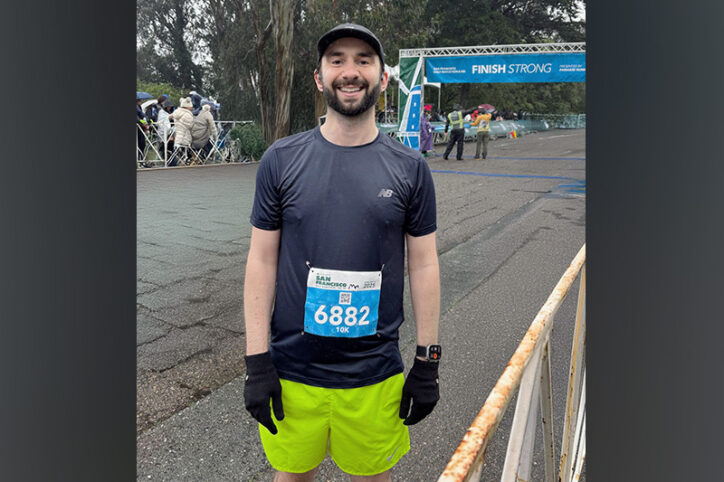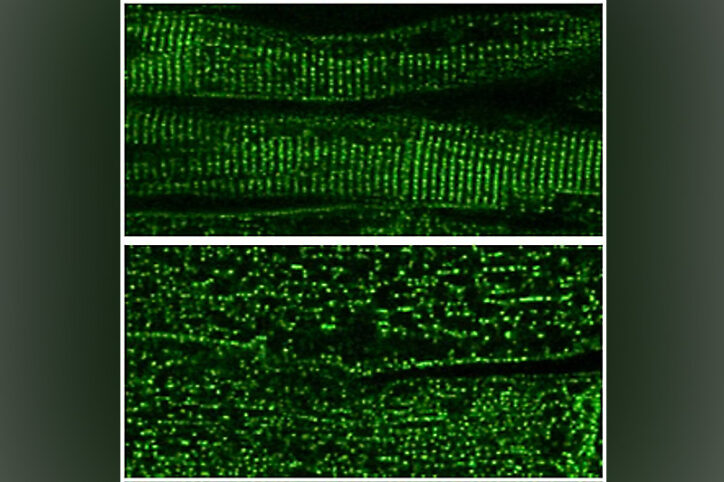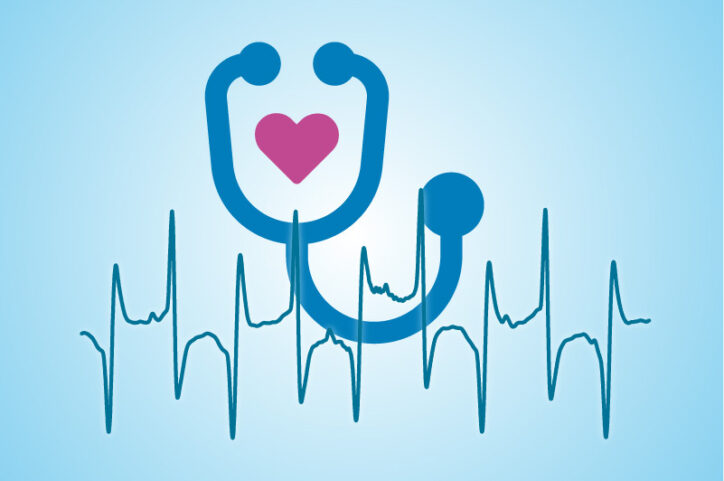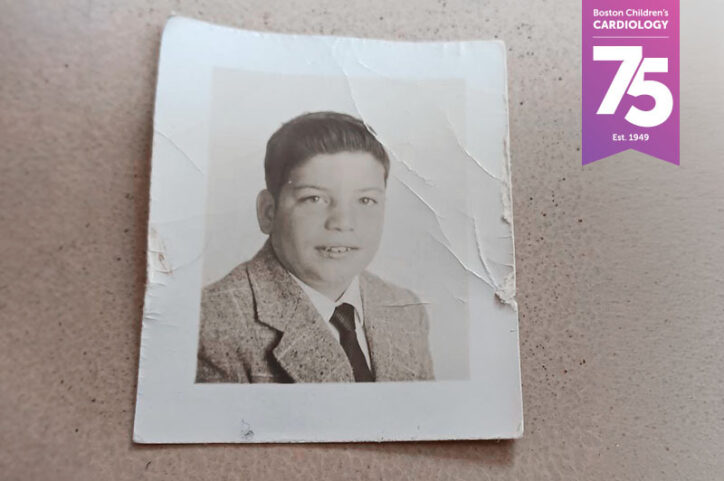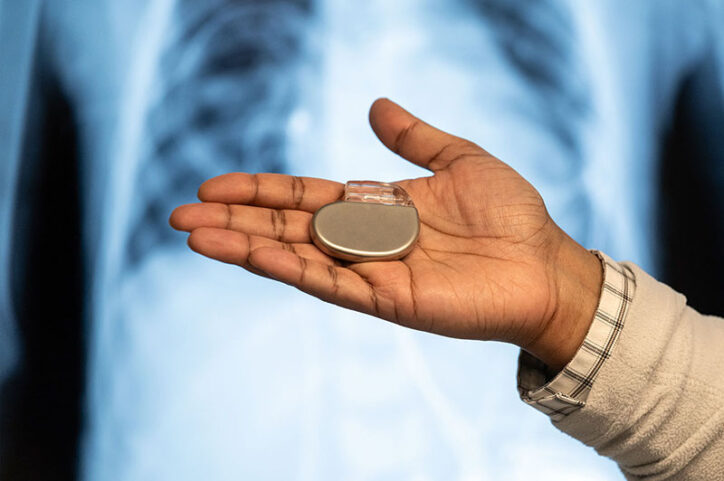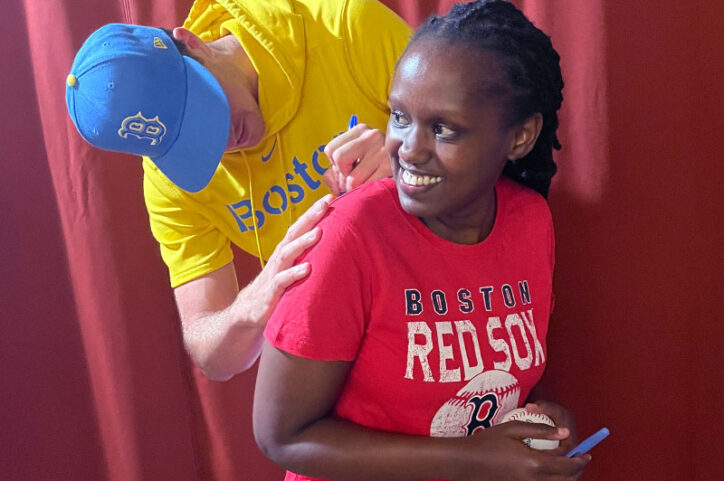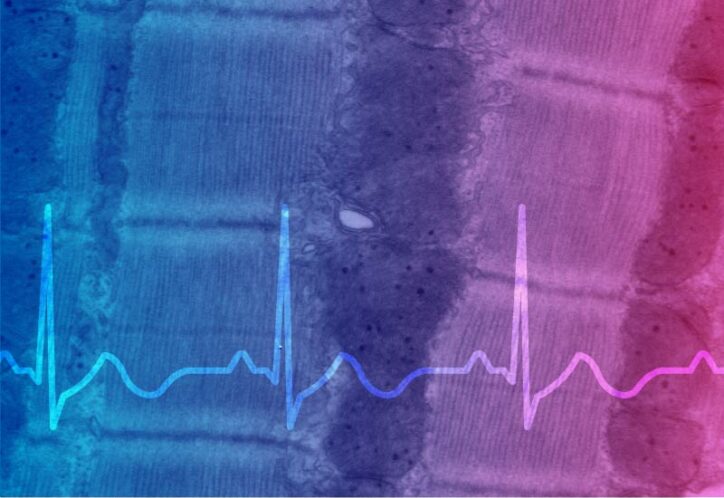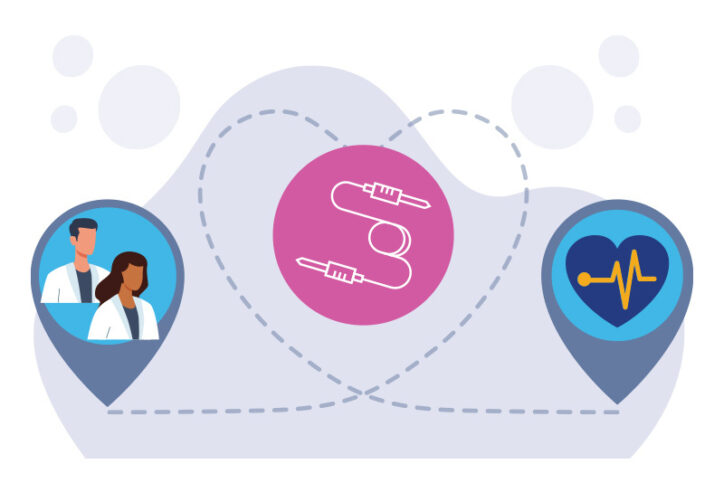Archive for arrhythmia
Knowing what life is worth: I am an adult heart patient and much more
Most of the children showed off a favorite toy. Some brought items that were meaningful to their family or culture. When I got to the front of my kindergarten class, my hands were empty. “My show-and-tell is…me,” I exclaimed as I pulled up my shirt and bared my chest to an audience of shocked five-year-olds ... Read More about Knowing what life is worth: I am an adult heart patient and much more
Tagged: arrhythmia, bach, cardiac catheterization, cardiology, heart, heart center, heart patient
Kiersten finds new purpose after care for life-threatening cardiomyopathy
Being just three miles away from her cardiac care team at Boston Children’s makes all the difference in the world to New Jersey native Kiersten Rock-Torcivia as she starts her sophomore year at Boston College. She is now closer to the specialists who help her manage a rare and life-threatening cardiomyopathy. Kiersten initially believed she ... Read More about Kiersten finds new purpose after care for life-threatening cardiomyopathy
Shoring up heart muscle’s mini ‘managers’ to treat heart failure
Our heart muscle is studded with tiny dyads, intricately designed structures that manage incoming electrical signals and calcium release to coordinate our heartbeats. Could gene therapy help maintain dyads’ structure and boost the function of failing hearts? A new study suggests it can. “We know that in heart failure from many causes, dyads become disorganized,” says ... Read More about Shoring up heart muscle’s mini ‘managers’ to treat heart failure
Finding a possible genetic treatment for rare arrhythmias
Variants in a gene that plays a key role in heart function can cause potentially life-threatening arrhythmia syndromes known as calmodulinopathy. Calmodulinopathy is rare and causes arrhythmias that are poorly treated by current options. Boston Children’s cardiologist William Pu, MD, believes he has found a promising custom genetic treatment: antisense oligonucleotides that deplete the disease-causing gene product. ... Read More about Finding a possible genetic treatment for rare arrhythmias
Ted Williams, chocolate milkshakes, and a pioneering heart team: What Bruce remembers about his heart surgery 65 years later
Bruce Chansky was the star of his neighborhood after he had heart surgery at Boston Children’s. It was 1959, a time when a child having heart surgery wasn’t common — it was newsworthy. Eleven-year-old Bruce was featured in his hometown newspaper, which only furthered his celebrity in Beverly, Massachusetts. Friends, neighbors, and strangers all wanted ... Read More about Ted Williams, chocolate milkshakes, and a pioneering heart team: What Bruce remembers about his heart surgery 65 years later
Healing the heart, mind, and spirit
For most of her life, Siena Tancredi worried about her heart beating too fast. She has long QT syndrome, an inherited condition that affects the heart’s electrical rhythm and can cause fast, erratic heartbeats. From the time she was diagnosed at age 10 and into adulthood, she avoided any situation that would potentially cause her heart ... Read More about Healing the heart, mind, and spirit
Finding ways to reduce the financial and social costs of pacemakers
As the number of complex heart operations has increased over the years, so have cases of postoperative heart block, a form of arrhythmia that often requires a pacemaker and more surgery. Heart block occurs when unseen conduction tissue — the cells and electrical signals that control the beating of a heart — is injured. It is a ... Read More about Finding ways to reduce the financial and social costs of pacemakers
A lifetime of treatment inspires Ruth to advocate care for others
Ruth Ngwaro offers guidance to children who have heart disease. Perhaps her most useful bit of advice is telling them to not look too far ahead in their lifelong journeys and instead focus on what they can do each day. She would know: Throughout childhood and well into adulthood, Ruth was in and out of ... Read More about A lifetime of treatment inspires Ruth to advocate care for others
Tagged: arrhythmia, bach, cardiology, congenital heart defect, heart, heart center, heart patient
Getting to the heart of heart muscle function
Every heart muscle cell, or cardiomyocyte, is studded with tiny, intricate structures called dyads. The dyads are like orchestra conductors: They coordinate incoming electrical signals with release of calcium in the muscle, triggering contraction. When dyads work properly, the different segments of heart muscle contract in unison; when they don’t, heartbeats may be too weak ... Read More about Getting to the heart of heart muscle function
“Seeing” the unseen: A way to pinpoint elusive cardiac conduction tissue
When patients with congenital heart issues have an operation, surgeons have to proceed with an “eye of faith” as they work around conduction tissue — a network of cells and electrical signals that control the beating of a heart. Not visible to the naked eye, conduction systems vary person to person, but they’re particularly difficult ... Read More about “Seeing” the unseen: A way to pinpoint elusive cardiac conduction tissue


